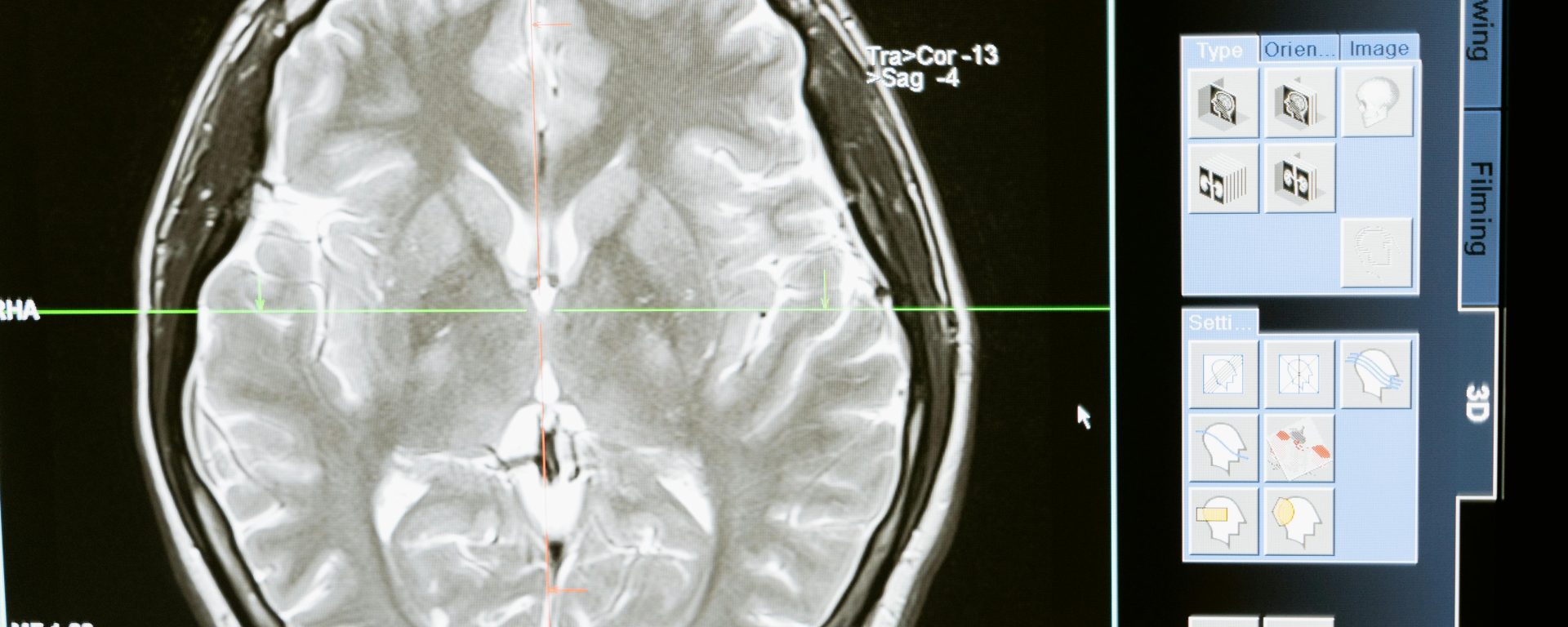In 2005, a double-blind, placebo-controlled trial conducted by Verplancke, et. al., aimed to assess the effectiveness of combining serial casting with botulinum toxin injections in reducing calf contracture development following severe head injury. The study, carried out at an acute general hospital in the UK, involved adults aged 17-70 years who were admitted following a severe brain injury.
The trial included three parallel treatments for lower limb spasticity: current physical treatment (Group I), lower leg casting plus injections with either saline (Group II), or with botulinum toxin (Group III) into the gastrocnemius and soleus muscles.
A total of 253 patients were screened, with 35 eventually enrolled in the trial. Of these, three patients passed away during the study period, and four did not complete the trial. The majority of participants (88%) developed spasticity within 14 days of their injury. The primary measure of improvement was the limit of ankle dorsiflexion at entry and exit after up to 12 weeks, assessed alongside the Glasgow Outcome Scale (GOS) and Modified Ashworth Scale (MAS).
Results indicated significant improvement in ankle dorsiflexion in both actively treated groups compared to controls. Specifically, the mean range of improvement in passive ankle dorsiflexion was 4.59 degrees in controls, 11.69 degrees in the cast and saline group, and 13.59 degrees in the cast and botulinum toxin group. Additionally, there were notable improvements in MAS scores in actively treated groups, with significant improvement observed in the GOS among cast and botulinum toxin patients.
The study concluded that active intervention with casting effectively prevents talipes equinovarus deformities in patients experiencing loss of ankle movement following severe brain injury. Moreover, casting alone was deemed sufficient, although the role of additional botulinum toxin warrants further investigation. Importantly, the study found botulinum toxin to be safe in these patient populations.
These findings provide valuable insights into the management of lower limb spasticity post-severe brain injury, emphasizing the potential benefits of combining casting with botulinum toxin injections in improving patient outcomes.
Reference: Verplancke, D., Snape, S., Salisbury, C. F., Jones, P. W., & Ward, A. B. (2005). A randomized controlled trial of botulinum toxin on lower limb spasticity following acute acquired severe brain injury. Clinical rehabilitation, 19(2), 117-125.
